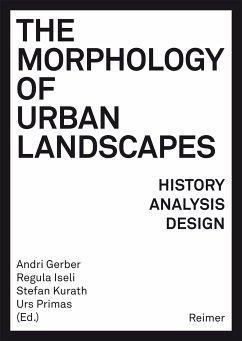In The Morphology of Urban Landscapes, author André Bideau explores the intricate relationship between urban design and the physical environment. Drawing on his extensive experience as an urban planner and architect, Bideau offers a comprehensive analysis of the ways in which cities are shaped by their natural surroundings, as well as the ways in which they shape those surroundings in turn. Through a series of case studies and in-depth analyses, Bideau examines the ways in which urban landscapes are shaped by factors such as topography, climate, and natural resources. He also explores the ways in which urban design can be used to mitigate the negative effects of these factors, such as flooding and erosion. Throughout the book, Bideau emphasizes the importance of a holistic approach to urban design, one that takes into account not only the physical environment but also the social and cultural contexts in which cities are situated. He argues that by understanding the complex interplay between these various factors, urban planners and architects can create more sustainable and livable cities that are better suited to the needs of their inhabitants. With its clear and accessible writing style, The Morphology of Urban Landscapes is an essential resource for anyone interested in the field of urban design and planning. Whether you are a student, a professional, or simply a curious reader, this book offers a wealth of insights and practical advice that will help you better understand the complex and fascinating world of urban landscapes.
Dieser Download kann aus rechtlichen Gründen nur mit Rechnungsadresse in A, B, BG, CY, CZ, D, DK, EW, E, FIN, F, GR, HR, H, IRL, I, LT, L, LR, M, NL, PL, P, R, S, SLO, SK ausgeliefert werden.
Hinweis: Dieser Artikel kann nur an eine deutsche Lieferadresse ausgeliefert werden.









